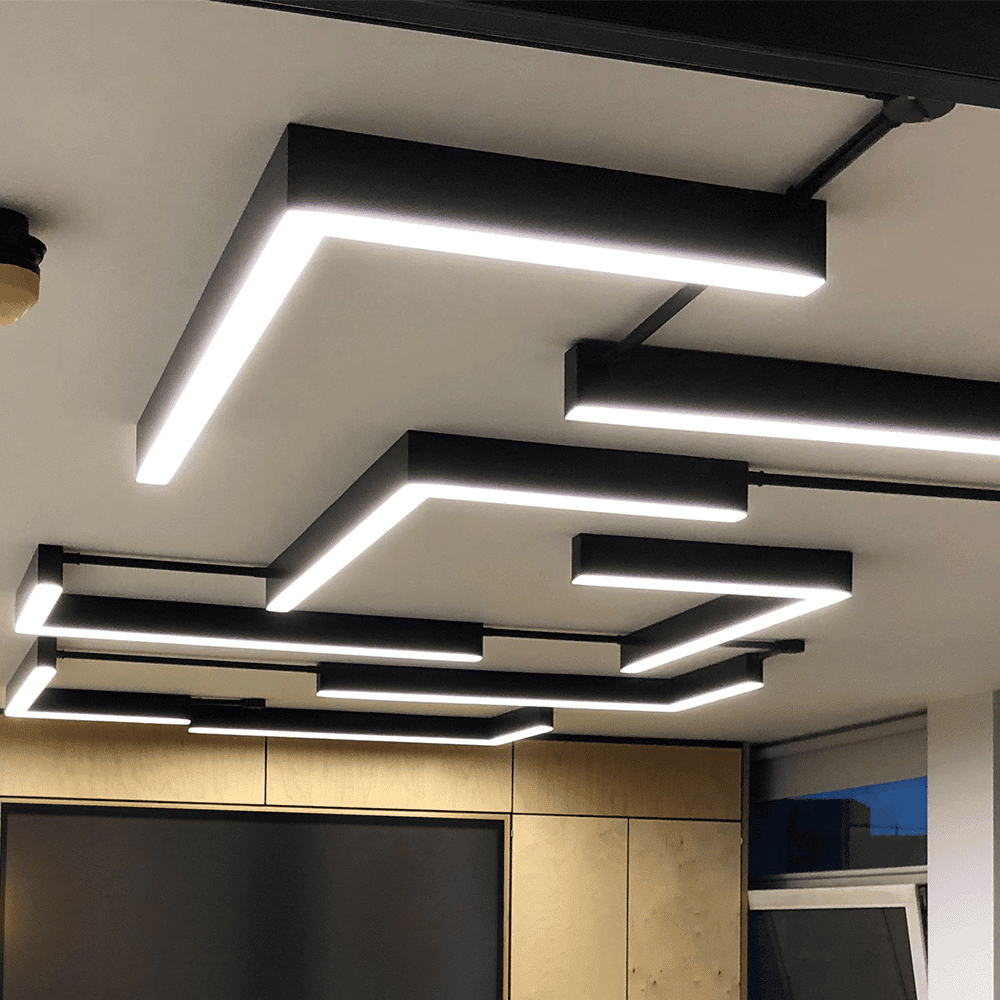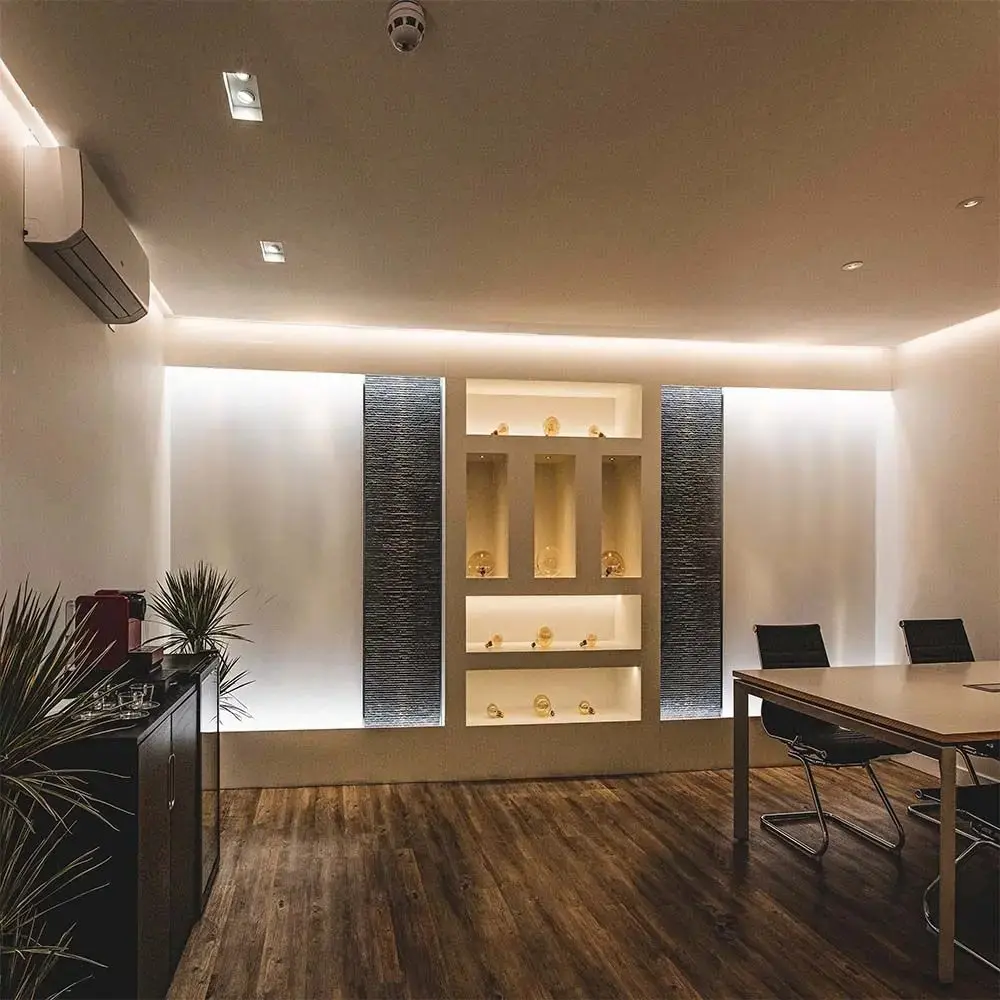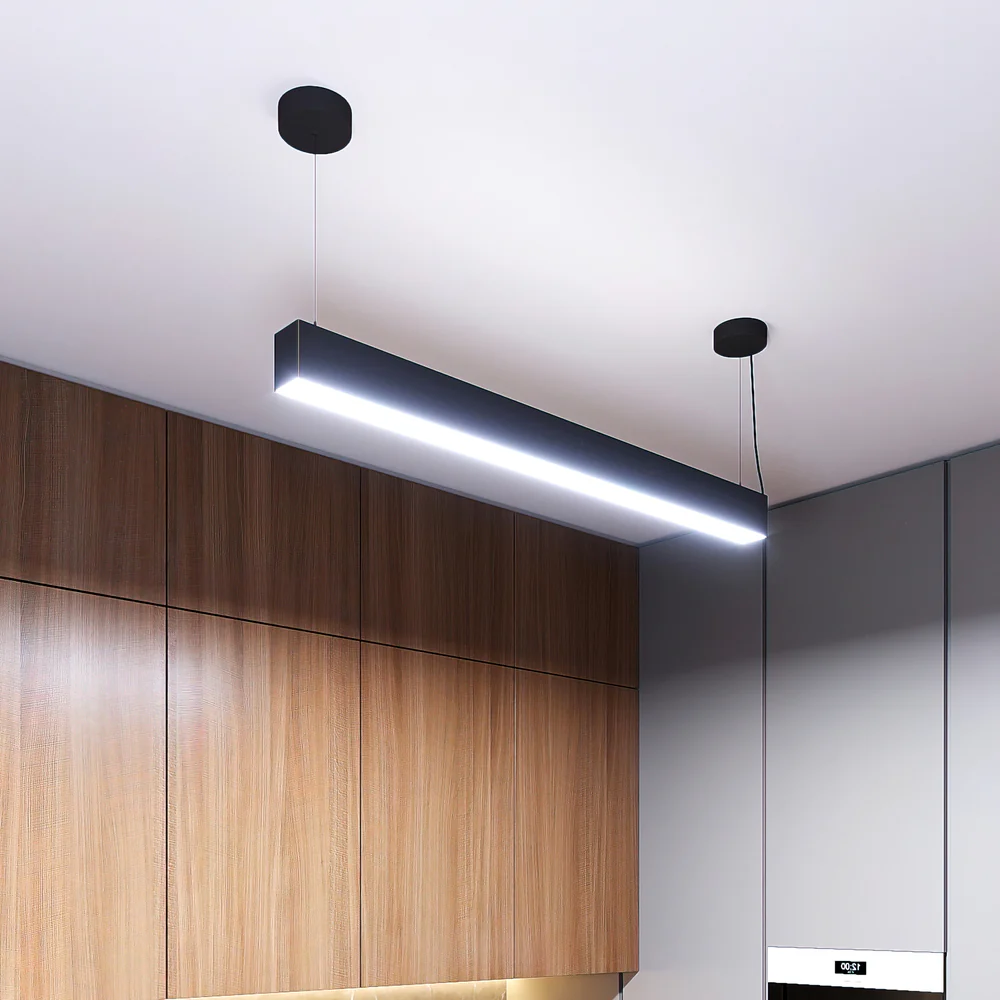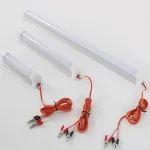Contents
- 1 Introduction to LED Lighting and Eye Health Concerns
- 2 The Science Behind Light Exposure and Eye Damage
- 3 Common Myths About LED Lighting and Eye Health
- 4 LED Lights vs. Traditional Lighting: Effects on Eyesight
- 5 Understanding Blue Light and Its Impact on Eyes
- 6 Protective Measures to Safeguard Eyes from LED Lighting
- 7 The Role of LED Lighting in Workplace Eye Health
- 8 Separating Fact from Fiction: Final Thoughts on LED Lighting and Eye Health
Introduction to LED Lighting and Eye Health Concerns
Is led lighting bad for your eyes? With the rise in popularity of LED lighting, concerns about its effects on eye health have emerged. The question many ask is, ‘Is LED lighting bad for your eyes?’ This debate has led to numerous studies and checks. Let’s delve into the relationship between LED lights and eye health and separate the myths from the facts.

LED light bulbs are energy-efficient and long-lasting, making them a popular choice for home and office lighting. However, it’s essential to examine if these modern lights could pose a risk to our vision. Since eyes are sensitive to light, especially intense or artificial sources, the concern is understandable.
Anecdotes and presumptions have filled the void where clear answers should be. That’s why this section will guide you through what science says about light exposure, particularly from LEDs, and potential eye damage. Join us as we explore common beliefs and debunk misconceptions about LED lighting and eye health.
The Science Behind Light Exposure and Eye Damage
When discussing whether LED lighting is bad for your eyes, it’s crucial to understand the science of light exposure. Light consists of particles called photons that can have different effects on eye health, depending on their wavelength and intensity.
Our eyes are built to handle natural light exposure during the day. However, when it comes to artificial lighting, like LEDs, the wavelengths emitted can be more focused and intense. This is where concerns often arise.
Prolonged exposure to intense light can lead to what is known as ‘photochemical’ eye damage. This condition is the result of high-energy photons, often found in the blue spectrum, that can disturb the sensitive cells in the retina over time.
It’s important to note that while LEDs do emit blue light, the amount and intensity can vary greatly. High-quality LED lights are often designed with proper diffusers and filters to minimize potential harm.
Moreover, the human eye has a lens that naturally filters out some of the harmful UV and blue light. However, the effectiveness of this filter decreases with age, which could potentially increase risks linked to LED exposure, particularly for the aging population.
In short, while light exposure, in general, can lead to eye damage if not managed carefully, LEDs, when used with the correct safety measures, do not necessarily pose a higher risk than other light sources. Countless studies have investigated these effects, and most conclude that responsible LED usage is not detrimental to eye health.

Common Myths About LED Lighting and Eye Health
There are several myths regarding LED lighting and its effects on eye health. In this section, we’ll address some of the most common misconceptions and provide clarification based on scientific findings.
Firstly, a widespread myth suggests that all LED lights cause severe eye damage due to blue light exposure. While it’s true that blue light can be harmful in high doses, most LED lights used in homes and offices are not strong enough to cause such damage when used properly.
Another myth is that LED lights are significantly harsher on the eyes than traditional incandescent bulbs. Actually, LED lights can be designed with features that reduce glare and improve comfort without influencing their efficiency.
Some people believe that you should avoid LED lighting altogether to protect your eyes. However, this fear is often unfounded. With the correct usage and proper lighting design, LED lights can be safe and even beneficial, as they produce steady, flicker-free light, unlike some older fluorescent lamps.
There’s also a myth that LED lights emit a lot of ultraviolet (UV) radiation, which could be the source of eye damage. In reality, LEDs emit very little to no UV radiation; it’s the blue light at certain intensities that has raised concerns.
Lastly, the idea that reading or working under LED light worsens your vision is not supported by robust scientific evidence. The quality of light—whether it be LED or not—along with factors like duration and proximity, plays a far more significant role in eye strain.
In conclusion, while safeguarding your eyes from poor lighting conditions is crucial, many fears around LED lighting are based on myths. Understanding the facts helps to alleviate unnecessary concerns and promotes the safe use of LED lights.
LED Lights vs. Traditional Lighting: Effects on Eyesight
The debate between LED lights and traditional lighting often focuses on their impact on eyesight. Here’s a breakdown of how both light sources differ, and what that means for your visual health.
LED Lights – A Closer Look
LED lights offer numerous benefits over traditional lighting solutions. They are more energy-efficient and have a longer lifespan. When evaluating their effects on eyes, it’s crucial to understand the type of light they emit. LEDs provide a variety of light temperatures. This versatility ensures that you can choose a warmer light, which is often more comfortable for the eyes, especially during evening hours.
Traditional Lighting – Comparisons
Traditional incandescent bulbs, on the other hand, generally emit a steady warm glow. However, these bulbs are less energy-efficient and need frequent replacement. While often perceived as gentler on the eyes, they actually offer less control over light intensity and temperature.
Direct Impacts on Eyesight
Studies show both light types can impact eyesight if not used correctly. Poor lighting conditions, whether from LEDs or traditional bulbs, can lead to eye strain and discomfort. Therefore, the right installation and usage are more crucial than the type of bulbs used. Good practice includes using task-appropriate lighting levels and minimizing direct exposure to bright lights.
By understanding these aspects, you can better decide which lighting is most beneficial and least harmful to your eyesight.
Understanding Blue Light and Its Impact on Eyes
Blue light is part of the visible light spectrum and is present in sunlight and LED lights. It has a shorter wavelength and more energy than other colors. Gadgets like smartphones, tablets, and computers, all emit blue light due to LED screens. Hence, people often link it with eye strain and other eye health issues.
While it’s true that blue light can affect us, it is not all negative. Our bodies use it to regulate our sleep-wake cycles, also known as circadian rhythms. Too much exposure, especially before bedtime, can disrupt these cycles.
In terms of eye health, blue light’s high energy can be a concern. Over time, excessive exposure may damage the light-sensitive cells of the retina. This damage can lead to conditions like age-related macular degeneration. However, the amount of blue light from LED devices is much less compared to the sun.
Some studies suggest that eye strain from blue light exposure may not be due to the light itself. It could be due to prolonged screen time without breaks. Taking regular breaks and looking away from screens can help reduce discomfort.
Eyewear with special coatings can block or filter blue light. These glasses are readily available and can help reduce eye strain. Also, many devices now have settings to lower blue light emissions during evening hours, known as ‘Night Mode’.
To sum up, blue light has both positive and negative effects on our health. While it is useful for maintaining our natural circadian rhythm, too much exposure, especially at night, can disrupt it and potentially harm our eyes. Taking steps to manage exposure can minimize risks and help preserve eye health.

Protective Measures to Safeguard Eyes from LED Lighting
When considering how to protect our eyes from potential issues with LED lighting, it’s important to take proactive measures. Here are some helpful tips:
- Use LED bulbs with suitable diffusers: Choose good-quality LEDs that come with built-in diffusers. These help spread light more evenly and reduce glare.
- Adjust the brightness: Keep your indoor lighting at levels that are comfortable for your eyes. Avoid unnecessary brightness to reduce strain.
- Maintain proper distance: When using screens or other LED-lit devices, keep a safe distance. This minimizes intense light exposure to your eyes.
- Take regular breaks: Apply the 20-20-20 rule. Every 20 minutes, look at something 20 feet away for at least 20 seconds. This helps relax your eyes.
- Use task lighting: For specific activities, use directed light to focus where needed, while keeping the rest of the room lit at a lower intensity.
- Optimize screen settings: Activate ‘Night Mode’ or similar settings on devices to reduce blue light exposure in the evening.
- Wear blue light filter glasses: Consider glasses that filter out blue light, especially if you spend long hours in front of screens.
- Check the color temperature: Choose LEDs with a warm color temperature for evening use, as it’s less stimulating for the eyes and better for your sleep cycle.
By implementing these simple protective measures, you can help safeguard your eyesight from the potential negative effects of LED lighting while still enjoying its benefits. Always be mindful of how long and how intensely you’re exposed to LED light to keep your eyes healthy.
The Role of LED Lighting in Workplace Eye Health
LED lighting plays a vital role in workplace eye health. Many of us spend hours in office settings, where good lighting is critical. Here’s how LED lights can impact our eyes at work:
- Reducing Eye Strain: LED lights with adjustable brightness can help reduce eye strain. Workers can tune lighting to a comfortable level, making reading and computer work easier.
- Improving Focus: Properly placed LEDs can enhance overall illumination. This improved visibility can aid in focus and reduce errors.
- Minimizing Glare: Glare from poor lighting can cause discomfort. LEDs designed with diffusers minimize this problem, leading to less squinting and better comfort.
- Promoting Better Sleep: Exposure to blue light can disrupt sleep patterns. However, LEDs with warmer color temperatures for evening use can lessen this effect, promoting better rest.
Remembering to blink regularly, taking breaks, and using task lighting can further protect one’s eyes in a workplace filled with LEDs. Utilizing ‘Night Mode’ settings on screens also helps lower blue light impact during evening work hours.
In sum, while concerns about ‘Is LED lighting bad for your eyes’ exist, well-designed LEDs provide a significant benefit to workplace eye health when used responsibly. With the right measures, LED lighting can support not only our productivity but also our visual wellbeing.
Separating Fact from Fiction: Final Thoughts on LED Lighting and Eye Health
The debate around “Is LED lighting bad for your eyes?” brings many opinions. It’s time to clear the air and offer final thoughts, intertwining fact with sound judgment.
LED technology has transformed our lighting choices, offering efficient and versatile options. Yet, concerns over eye health have sparked discussions. Studies show, with proper use, LEDs are safe for our eyes, much like any light source.
It is true that LEDs emit blue light. However, with mindful use and built-in features like diffusers, intensity controls, and warm color temperatures, risks become minimal. The key lies in how we use LED lighting.
Remembering to moderate exposure, take breaks, and utilize protective measures, like blue light glasses, goes a long way. Pair these with light settings tailored to your comfort, and you create an eye-friendly environment.
Workplaces benefit greatly from LED lighting. Adjustable brightness and minimal glare aid in reducing eye strain. These settings are important for safeguarding against discomfort and fatigue during long work hours.
Lastly, embracing the myths without questioning their validity does more harm than good. By separating fact from fiction, we make informed choices for our eye health. Responsible LED lighting use should not be a source of major concern.
In closing, there’s no definitive answer to the initial question that casts a wide shadow of doubt. Instead, it’s about understanding and managing the relationship between LED lighting and our eyes. Use LED wisely, and your eyes will thank you.


